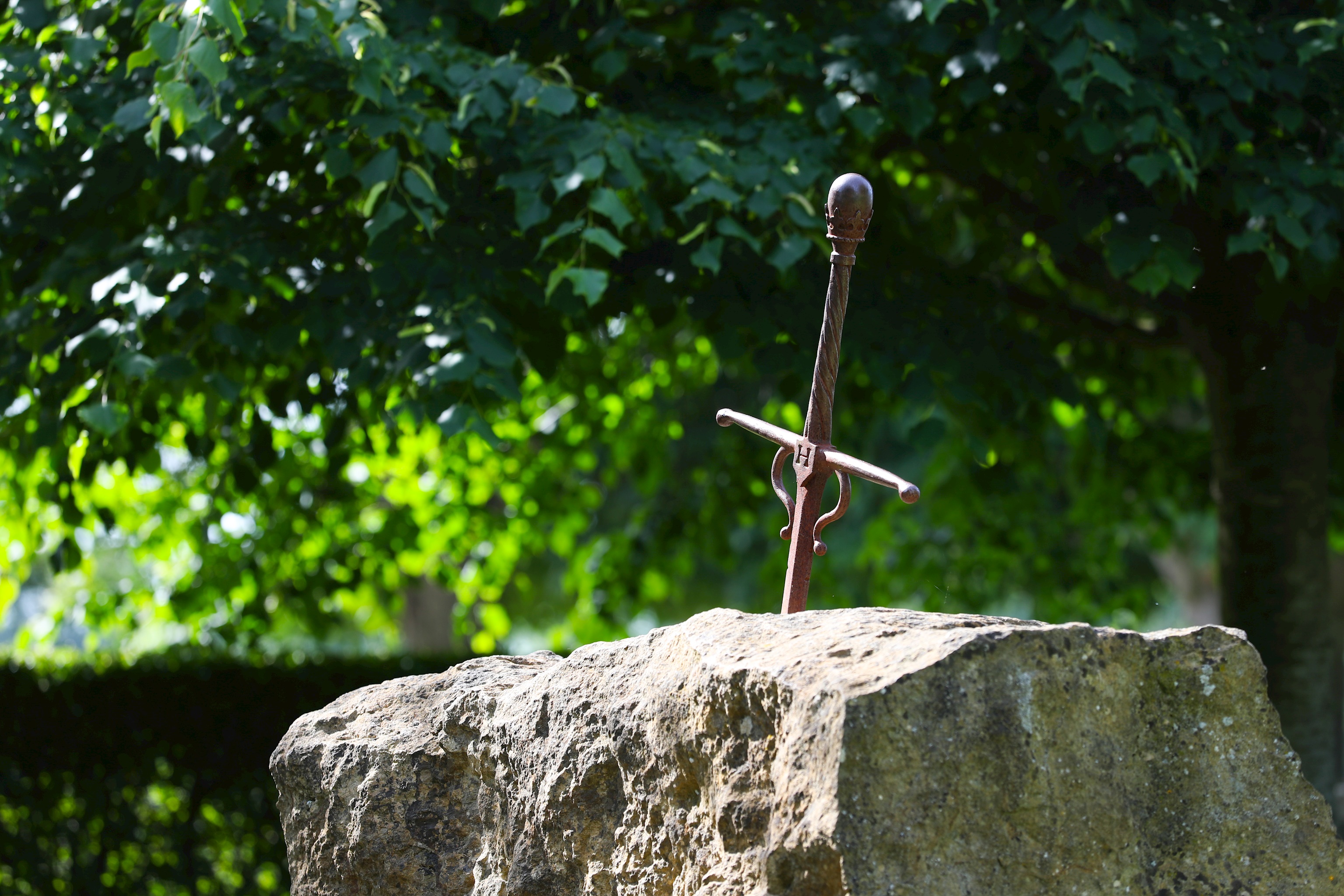The school was founded by Richard Fitzjames (Bishop of London) and his nephew John Fitzjames of Redlynch (later to become Chief Justice of the King's Bench) whose family crest incorporated the bearded dolphin which remains part of our school crest today.
A Royal Foundation
After only twenty years of existence, the school was closed with the dissolution of the Monasteries resulting with the surrender of the Abbey including all the endowments of the school to the King (Henry VIII until 1547, and then Edward VI, his son). For ten years the school ceased to exist until a “humble petition” was presented to Edward VI requesting him to restore the endowments of the school. This was granted with the school being called the Free Grammar School of King Edward the Sixth. This Royal Foundation led to a crown being placed above the dolphin on the school crest.
Governance and Growth
The original endowments of the school were re-granted to a Corporation that was to consist of twelve governors. Indeed, we believe we may be the first school ever to have a Governing Body with an unbroken record of the proceedings of the meetings of the Governors dating back to 1553.
The Junior School was moved to Hazlegrove House, after the Second World War in 1947, to be able to satisfy the increasing demand for places. Today, about 40% of the pupils leaving Hazlegrove continue their education at King's which is also co-educational and situated within the attractive town of Bruton, nine miles to the North East of Hazlegrove.
The History of the House - Six Centuries of History
- 1558: Hazlegrove granted to Sir Walter Mildmay by the Crown in the reign of Philip and Mary
- 1566: Sir Walter appointed as Chancellor of the Exchequer in the reign of Elizabeth
- 1730: Hazlegrove inherited by Carew Hervey Mildmay
- 1735: Re-building of Hazlegrove House completed, the south facing front and the east wing joining up with what remained of the Tudor Manor House
- 1947: The Preparatory School was established at Hazlegrove
- 1952: The School purchased the house and surrounding land

Heritage and Investment
Building on Hazlegrove’s unique heritage, its fine 18th century house, glorious parkland setting and our enviable facilities, we have extended our resources in many directions over the years.
There has always been a strong sense of ambition associated with the school. Governors, staff and parents have worked together to provide the very best educational resources for generations of pupils.
It is this continued cycle of investment over the last 70 years that has made Hazlegrove the success it is today.










